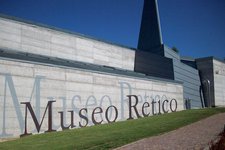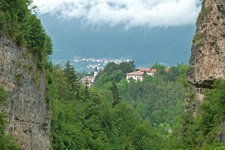San Zeno was inhabited already in the 6th century BC and numerous, still visible remains testifying for its century-long history can be admired while walking along the streets
Image gallery: Sanzeno
The ancient village of Sanzeno is located on a high plateau between the Rio San Romedio and the Rì Mar. The first traces of settlements in this area date back to the Rhaetians who settled the Val di Non during the Iron Age (6th - 1st century BC). Numerous archaeological findings of this time period were brought to light by archaeologists and can now be admired in the museums of Trento and Innsbruck. Some of them are even displayed at the permanent archaeological exhibition of the Rhaetian Museum (Museo Retico) of Sanzeno.
In 397 AD three missionaries from Cappadocia were martyred in San Zeno. A church in their memory was built on the scene of the massacre by the will of the then prince bishop San Vigilio. The Sanctuary in Gothic-Renaissance style was built in the 15th century and houses the vestiges of the Saints. The Romanesque portal, the bronze portal, the bell tower and the altarpiece depicting the three martyrs are also worth mentioning. If you continue towards the main square, you can admire the noble residence De Gentili, a 16th century building which houses an impressive collection of furniture and tools of former times. The old but interesting pharmacy inside the villa can be visited in summer.
About 3 km away from the village, the San Romedio pilgrimage site, stands on a 700 m high, rocky cliff. This pilgrimage site is related to the legend of Romedio di Thaur, a noble who refused all his goods in favour of a life spend on top of this rock. To reach it you need to climb 131 steep steps through a complex of five small overlapped churches**. The sanctuary is well-known for its adjacent animal park, where brown bears live.
In 397 AC, at Sanzeno three missionaries were burned to death as martyrs by the local population. For this reason the bishop of Trento, San Vigilio, had a church built exactly on the place of the massacre. This church, constructed in Gothic and Renaissance style, was established in the 15th century and includes the relics of the three saints. Worth to be noticed are above all the Bronze portal, the bell tower as well as the altarpiece, illustrating the three martyrs. Proceeding in the direction of the main place you can admire the mansion Casa De Gentili. This villa, dating back to the 16th century, includes a considerable number of items and pieces of furnitures. Unique is also the interior of the ancient pharmacy inside Casa De Gentili, which can be visited in summer months.
Moreover you should not miss the which is about 3 km from the centre. This construction is located on a rock spur at 700 m a.s.l. It is a legendary place, Romedius von Thaur retreated in this place and dedicated himself to meditation, completely leaving behind his mundane everyday life. 131 stairs take visitors to the top of the rock, leading past five little churches. This pilgrimage site is also famous for its wild park, in which brown bears are living.
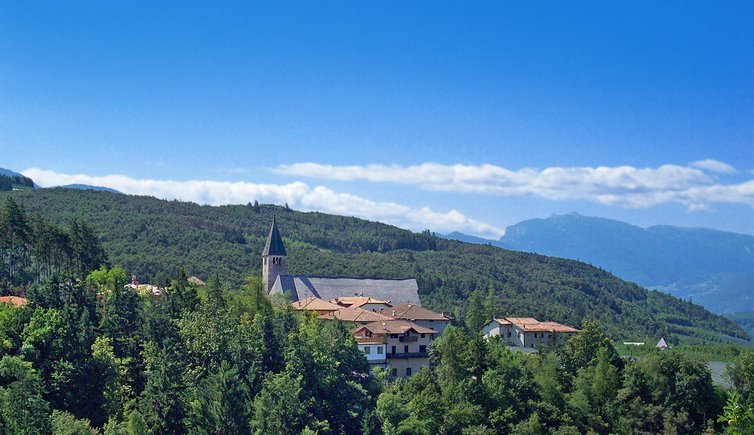


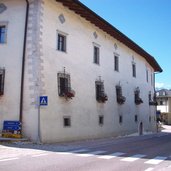
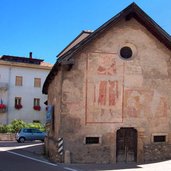
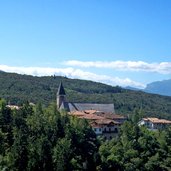


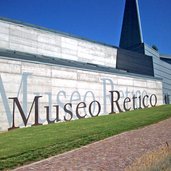
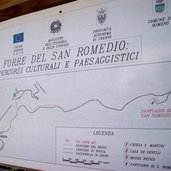
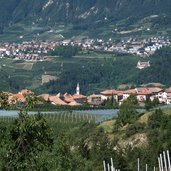

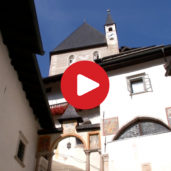







.jpg)
